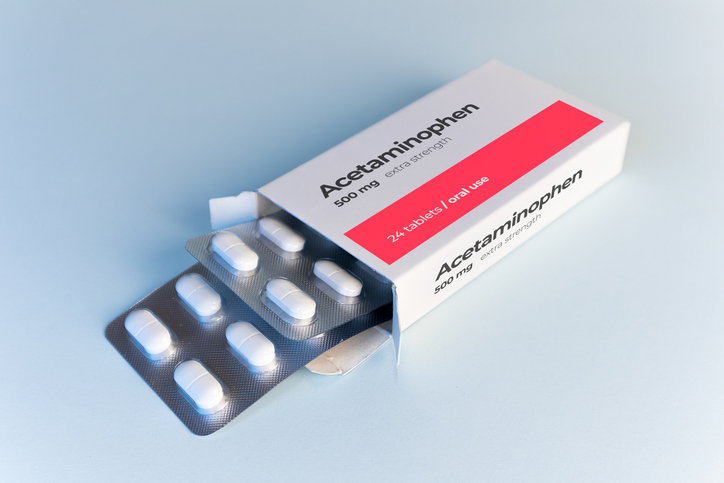
A new study examined whether season has an impact on symptoms of fatigue, pain, and dryness in primary Sjögren’s syndrome.
“Seasonality in rheumatic diseases is an issue frequently perceived and voiced by patients. Several studies have identified weather-related flares in rheumatoid arthritis (RA). Weather conditions might also influence pain and function in osteoarthritis, and a seasonal pattern in gout incidence has been described,” the researchers wrote.
“However, seasonality has not been investigated in primary Sjögren’s syndrome (pSS) yet.”
The present study evaluated patient data from the French nationwide multicenter pSS cohort Assessment of Systemic Signs and Evolution in Sjögren’s Syndrome (ASSESS) (n=395). ASSESS was created in 2006 and houses five-year prospective follow-up data as well as data from three randomized, placebo-controlled trials of infliximab (TRIPSS) (n=103; 22 weeks of follow-up; seven visits), rituximab (TEARS) (n=120; 24 weeks of follow-up; six visits), and hydroxychloroquine (JOQUER) (n=120; 48 weeks of follow-up; four visits). In each study, visits included data collection on visual analog scale (VAS) scores for pain, fatigue, and dryness. In the ASSESS group, objective assessments of dryness were taken at baseline and again at two and five years. Data were assessed by the day, month of the year, and season.
Season Does Not Affect Symptoms
Final analysis included 632 Sjögren’s syndrome patients and a total of 2,858 VASs observations spanning the four studies. VASs collected for Sjögren’s syndrome patients by season were: spring, 744; summer, 584; fall, 848; and winter, 682. VAS scores for pain were as follows: spring, 52.2; summer, 55.1; fall, 51.0; and winter, 51.7. VAS fatigue scores were 61.9, 62.2, 60.0, and 61.9, respectively; VAS scores for dryness were 58.9, 61.2, 56.9, and 57.9, respectively.
The EULAR Sjögren’s Syndrome Patient Reported Index scores did not significantly differ by season: spring, 57.7; summer, 59.5; fall, 55.9; and winter, 57.2.
The results of the study were published in Arthritis Research &Therapy.
The researchers concluded, “This first large study on seasonality in [primary Sjögren’s syndrome] provides new evidence that fatigue, pain and dryness, as well as the ESSPRI score, do not have meaningful fluctuations according to months or seasons. In [primary Sjögren’s syndrome], seasonality does not affect patient-reported outcomes (PROs) on fatigue, pain and dryness.”







 © 2025 Mashup Media, LLC, a Formedics Property. All Rights Reserved.
© 2025 Mashup Media, LLC, a Formedics Property. All Rights Reserved.